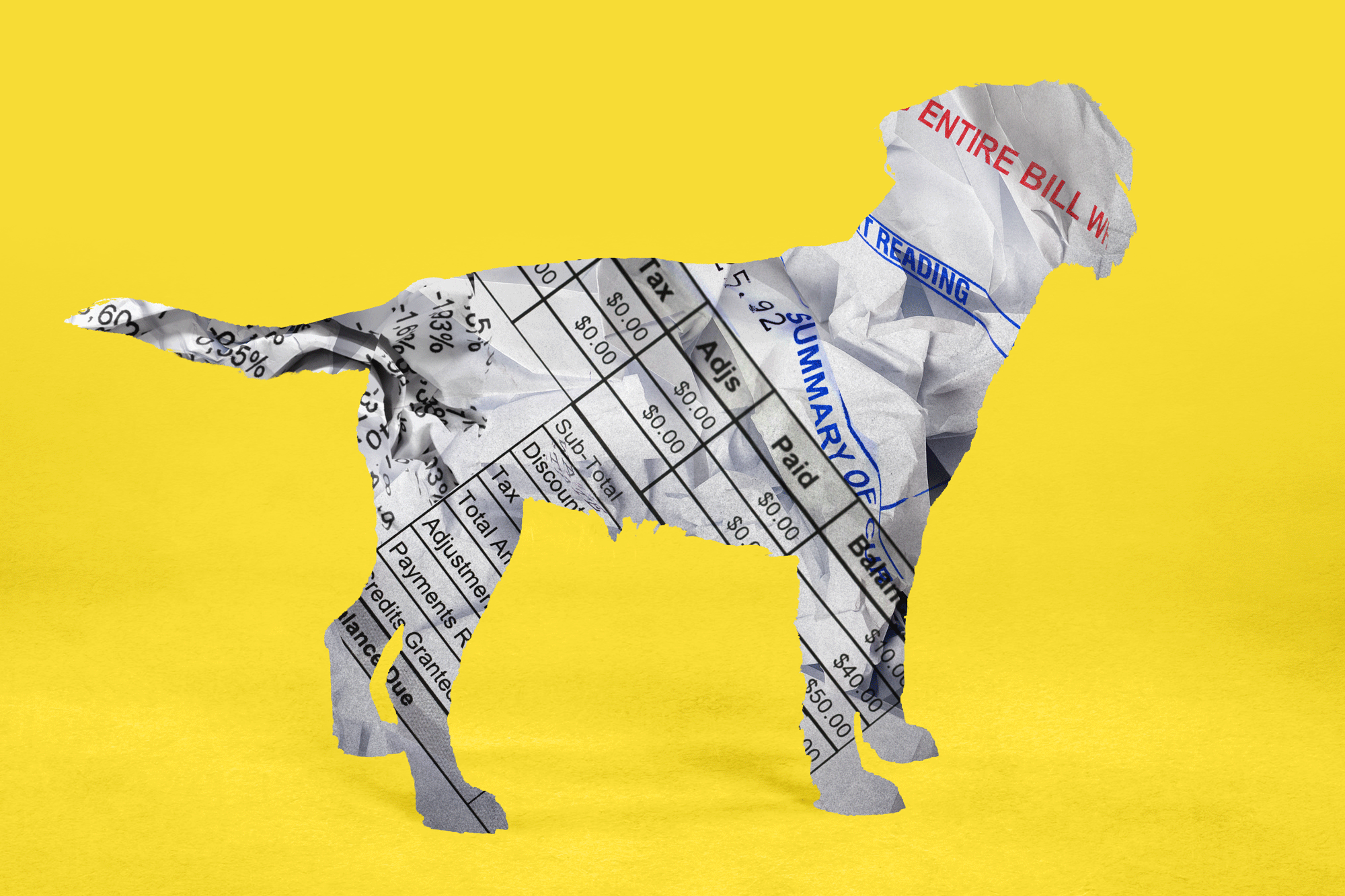A Career in Ears for a Different Breed of Dog Veterinarian
- Share via
Dr. Robert LaBounty has an ear for his calling.
LaBounty, a Studio City veterinarian, has built a practice out of performing ear croppings on about 20 varieties of dogs such as schnauzers, pit bulls and Great Danes.
Some of L.A.’s most notable canine owners, from the current Mrs. Hugh Hefner (Doberman pinscher) to Cuba Gooding Jr. (Great Danes) to Carrol O’Connor (miniature schnauzers) have hired him to sculpt and tend the ears of their pets.
A vet for 35 years, LaBounty has remained undaunted by common protests that clipping a dog’s ears is a cruel procedure with only a cosmetic benefit.
He argues that all modern breeds of dogs are essentially cosmetic creations, produced by centuries of breeding for function and, eventually, for aesthetics. He and many other vets say that dogs without floppy ears are less vulnerable to infections.
LaBounty, 62, chose his specialty to avoid the stress of a full-fledged veterinary practice.
“I don’t like going through the emotions of seeing dogs dying,” he says. “This way, I basically deal with healthy dogs all the time.”
He started out as a breeder of miniature schnauzers, doing his own ear clipping, then headed for veterinary school at Washington State University.
Graduating in 1962, he moved to Los Angeles to become the partner of the aging Dr. Homer Tully, who
was well-established as an ear cropper. Tully had gained attention by being the first to remove the “button,” or tragus bone, at the base of the ear, creating a cosmetic effect that dog show judges and breeders liked. Together, the two vets would often perform up to 14 ear croppings a day, reaching 256 procedures in one month, LaBounty said.
Since Tully retired in 1987, LaBounty has practiced alone in his hospital on a commercial strip of Ventura Boulevard, enjoying a strong reputation among Southern California breeders as the ear clipping specialist of choice. He has had puppies flown to him from as far away as Alaska.
He also has witnessed the changes in dog popularity from Dobies, boxers and Danes to the now trendy pit bulls, miniature pinschers and Cane Corsos.
(Just what is that last creature, you ask? It’s one of the new “in” breeds, an Italian-bred mastiff. Among the newly popular pets, it is rivaled by the Presa Canary, a dog from the Canary Islands that looks like a 100-pound pit bull. Foreign language lessons wouldn’t hurt a ‘90s dog buyer.)
In his nondescript office, LaBounty cuts a Rockwellian pose. Dressed in blue jeans, a white lab coat and Birkenstocks, a thinning mustache fronting a kindly if pointy face, he wanders into the waiting room to freely engage his clients.
It is not unusual to find him on his lunch break eating out of Tupperware, seated alongside his operating table, the anesthetized dogs from that morning’s croppings lying on the floor in front of him.
“My professors would freak out,” he says. But the point is to keep a constant eye on the dogs and to reassure pet owners, who often experience a sinking feeling when their dog disappears behind a door into a back room.
LaBounty says he encourages patients to stay and watch the procedure, but few do; several have passed out trying. “We don’t pay their laundry bills,” he deadpans.
*
Veterinary schools spend little time on ear cropping, and few vets perform the procedure. Dr. Robert G. Fisher of the tony California Animal Hospital in West Los Angeles says the technique is too time-consuming. The ears, particularly those of the larger breeds, require multiple tapings, combings and other follow-up care that can take several months. Instead, he says, he simply refers owners to LaBounty.
The procedure takes about half an hour, followed by another half-hour of suturing, which LaBounty entrusts to one of his assistants.
The cost ranges from $100 for a small-eared dog, such as a miniature schnauzer, to $200 for a Great Dane. That covers follow-up care, which can include more than 20 visits for a large-eared dog.
*
LaBounty does not advertise his work, relying on word of mouth from pet owners and breeders. “A good ear is a constant advertisement for us,” he says.
As if ear cropping wasn’t a controversial enough career, he also performs another less than politically correct veterinary procedure: debarking, in which about 75% of the vocal cords are removed to keep the peace at dog shows or to simply quiet noisy dogs.
Why?
“For the money,” he says, aware of the minefield involved. “A lot of breeders want it done. And if you live next door to someone whose dog barks all day, what are you going to do? Move or shoot the neighbor?”
‘This way, I basically deal with healthy dogs all the time.’
More to Read
Sign up for Essential California
The most important California stories and recommendations in your inbox every morning.
You may occasionally receive promotional content from the Los Angeles Times.










